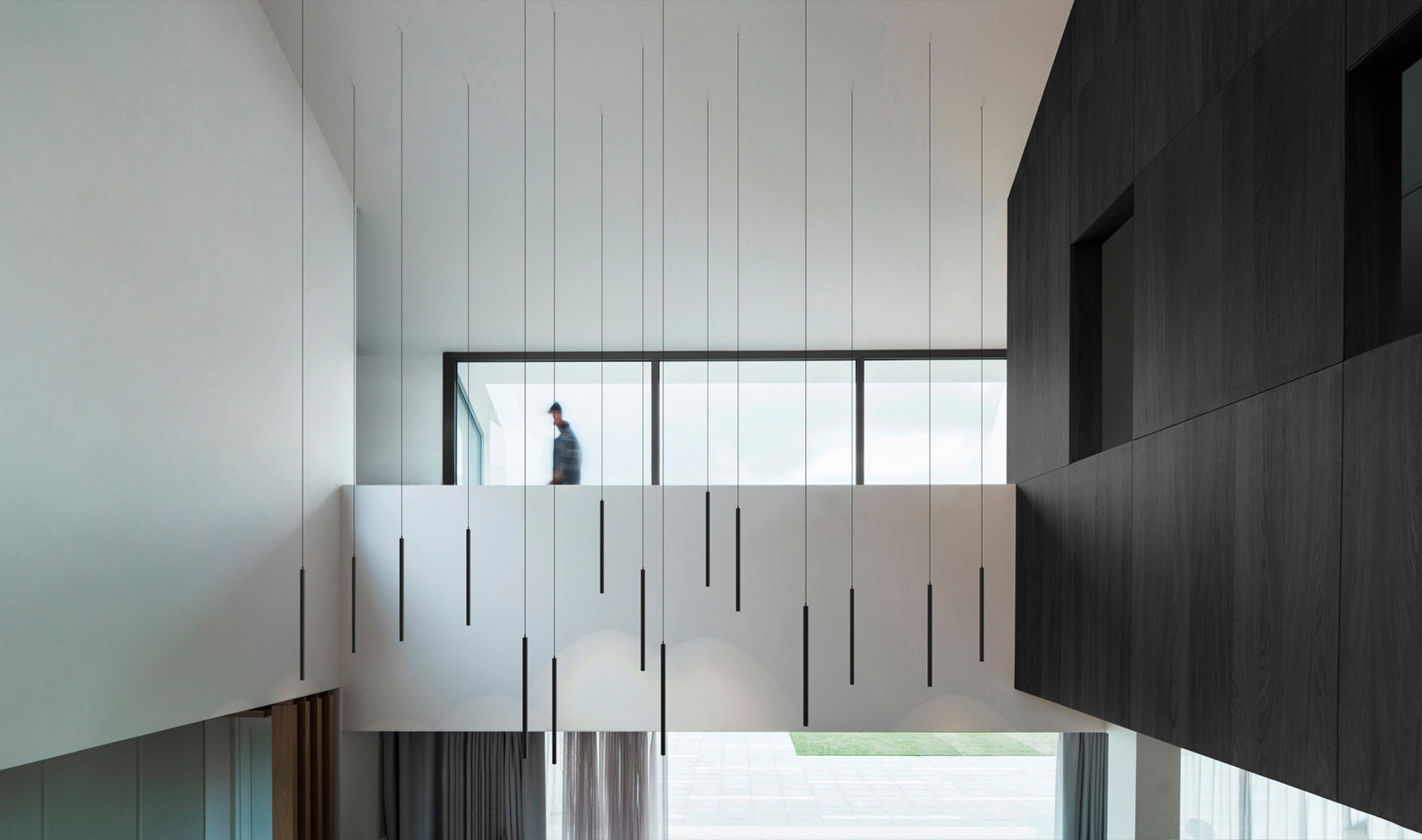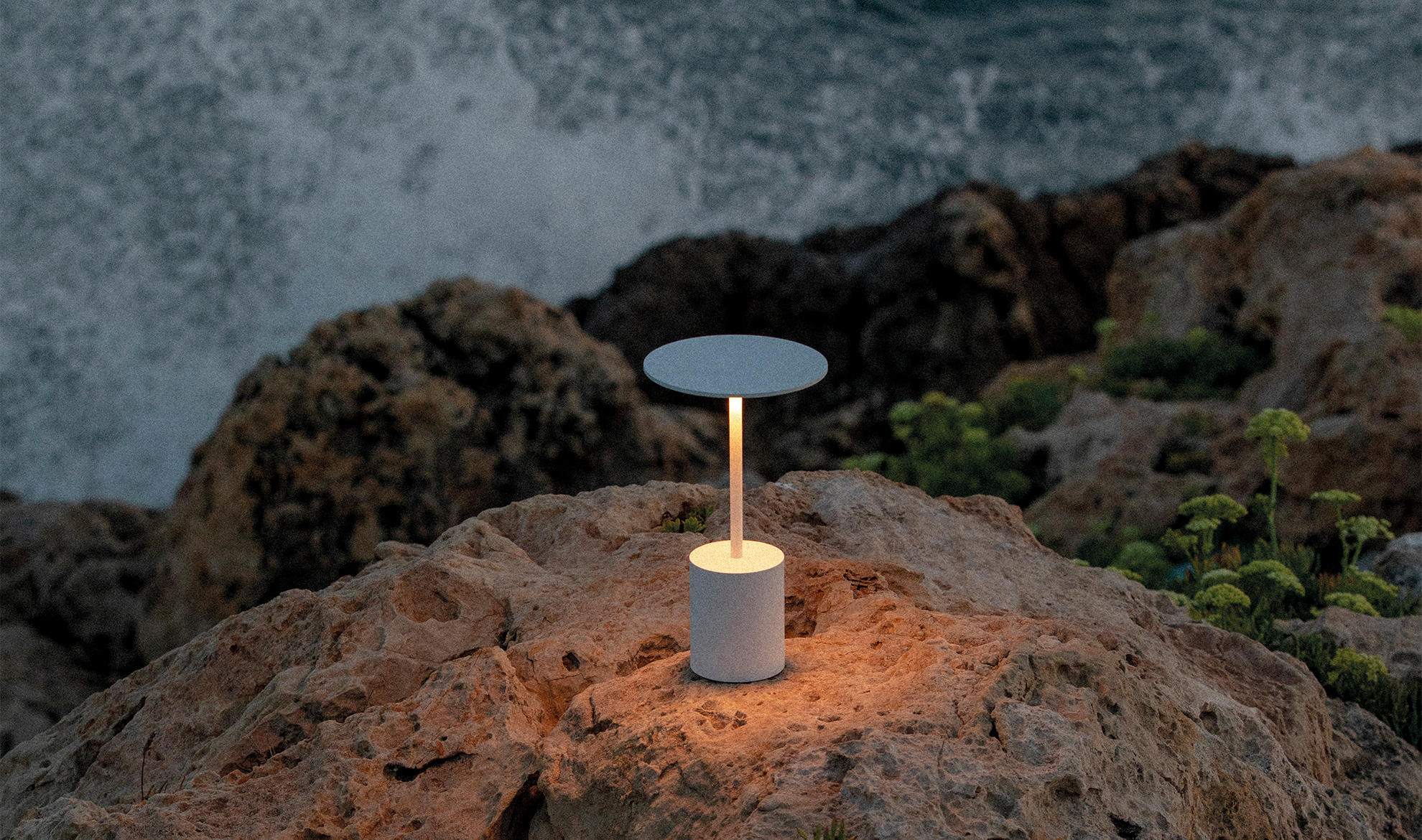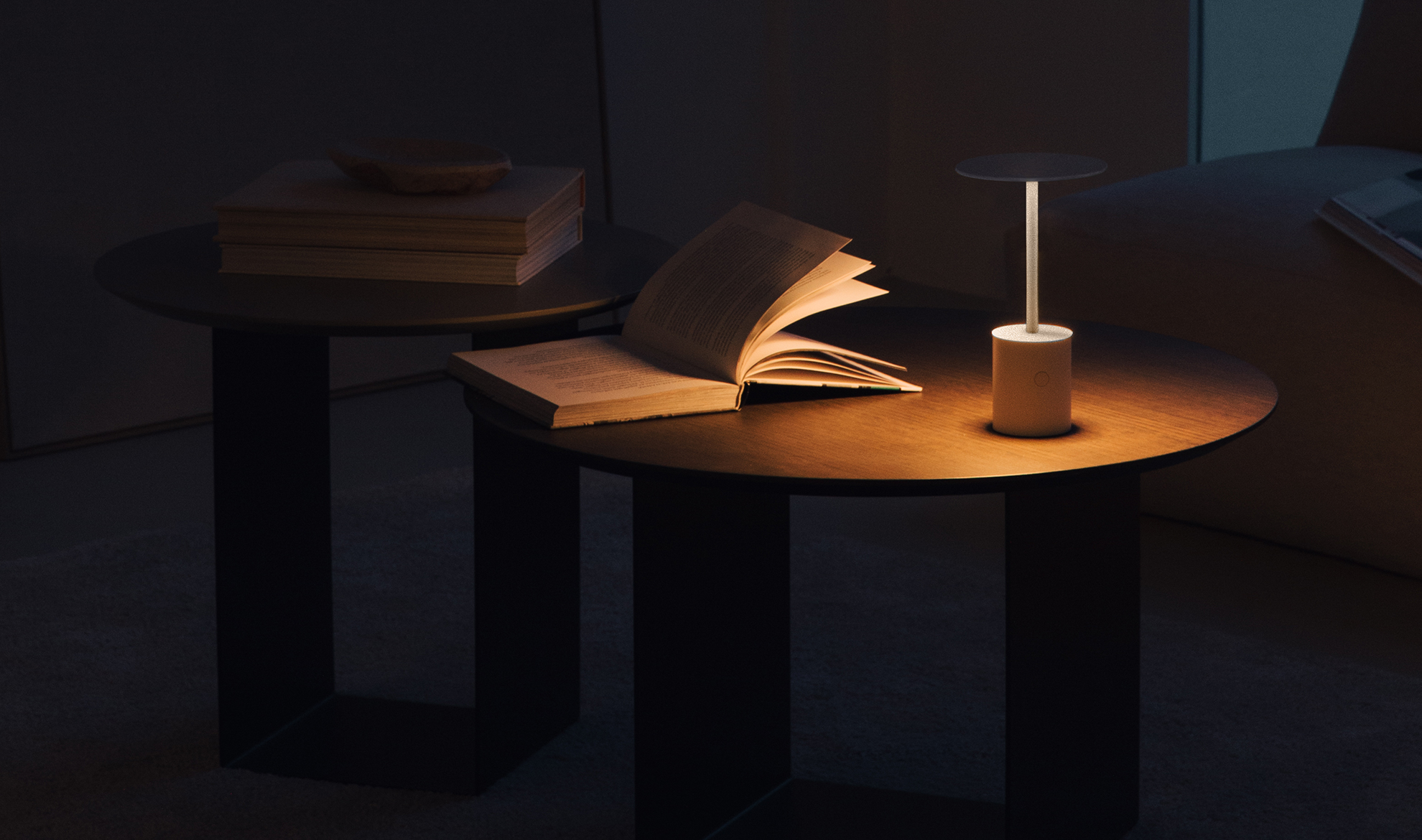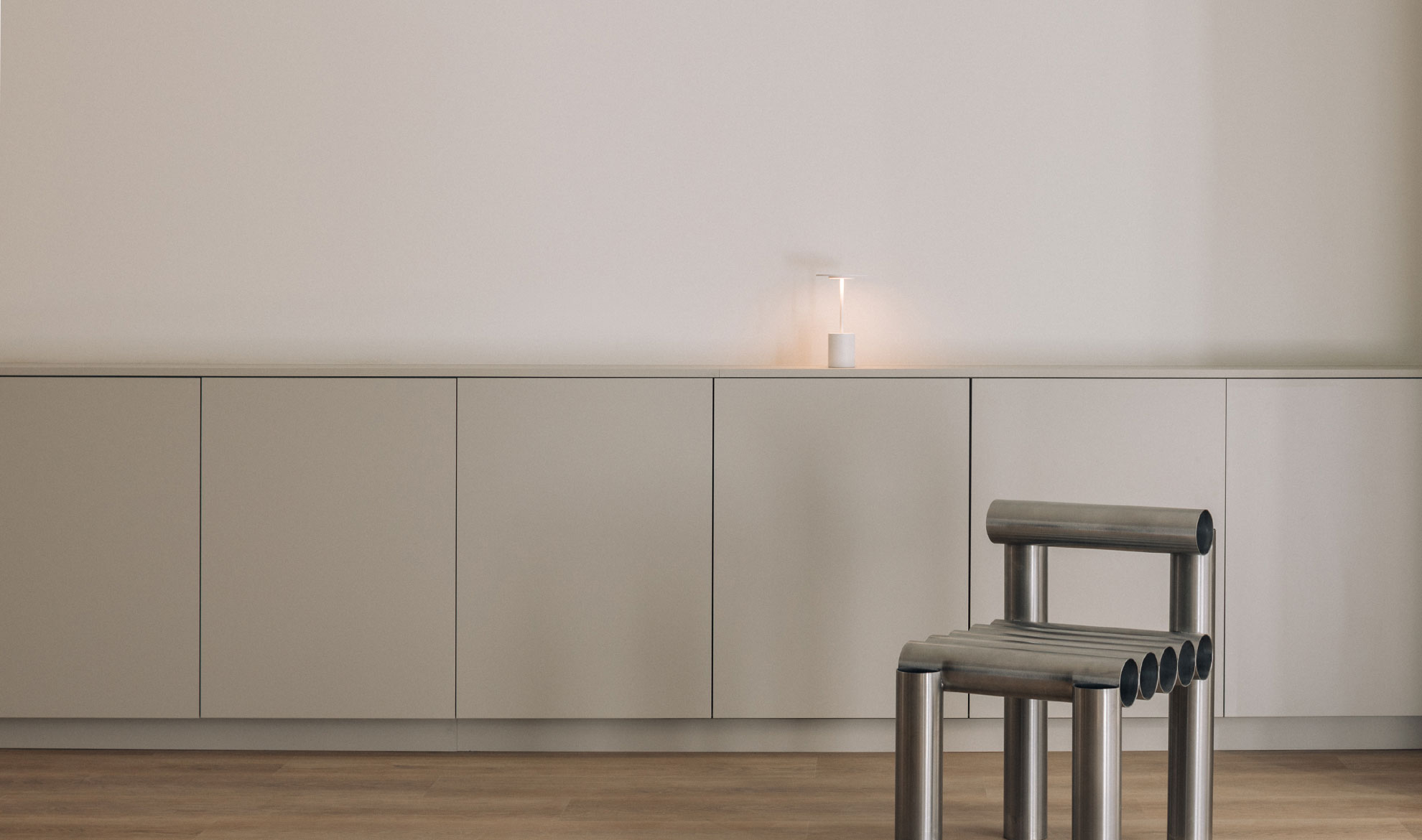Indirect lighting: the key to spaces that care
29.09.2025
- Light & Learn
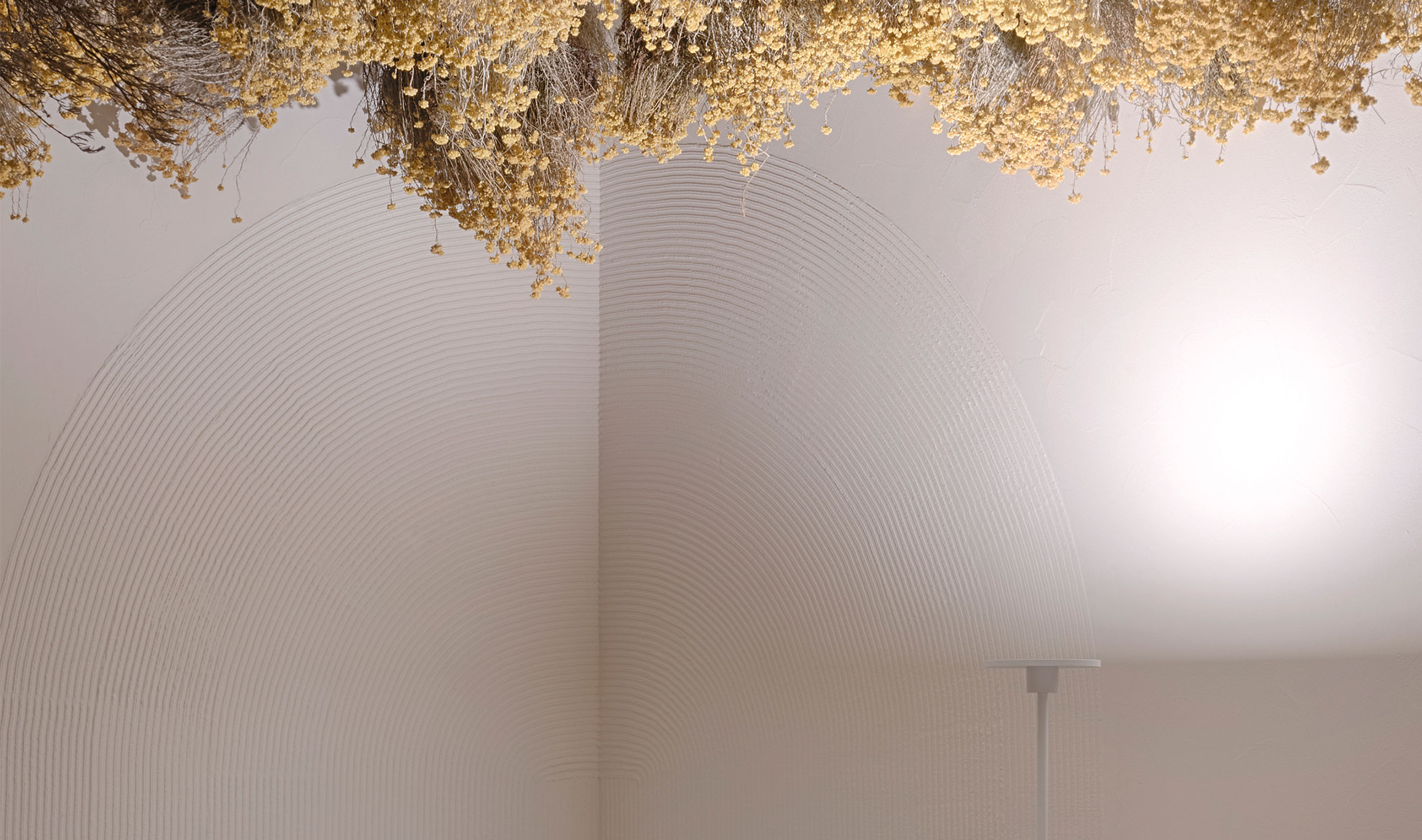
Indirect lighting has become one of the most valued solutions in interior and exterior design. It not only provides illumination but also transforms the atmosphere, highlights architectural features, and improves visual comfort. Unlike other systems, it is not perceived frontally; instead, it reflects off ceilings, walls, or floors to envelop the room in a soft, uniform light.
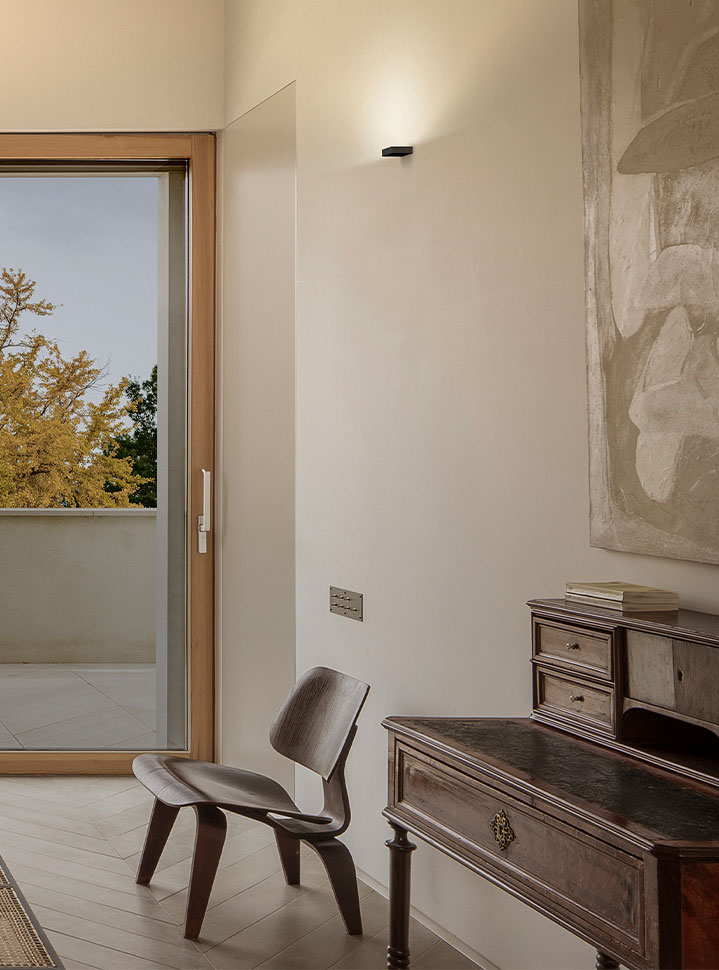
Advantages of indirect lighting
- Welcoming atmosphere: soft light that generates warmth, especially with colour temperatures between 2700K and 3000K.
- Greater visual comfort: reflected light avoids glare and eye strain.
- Uniformity: light is evenly dispersed throughout the space.
- Decorative versatility: available in multiple formats such as wall lights, floor lamps, or pendant fixtures.
- Architectural enhancement: subtly highlights mouldings, textures, and structural elements.
- Realce arquitectónico: resalta molduras, texturas y elementos constructivos con sutileza.
Explore the possibilities of indirect lighting
In interior projects, there are options that facilitate the creation of warm, immersive environments:
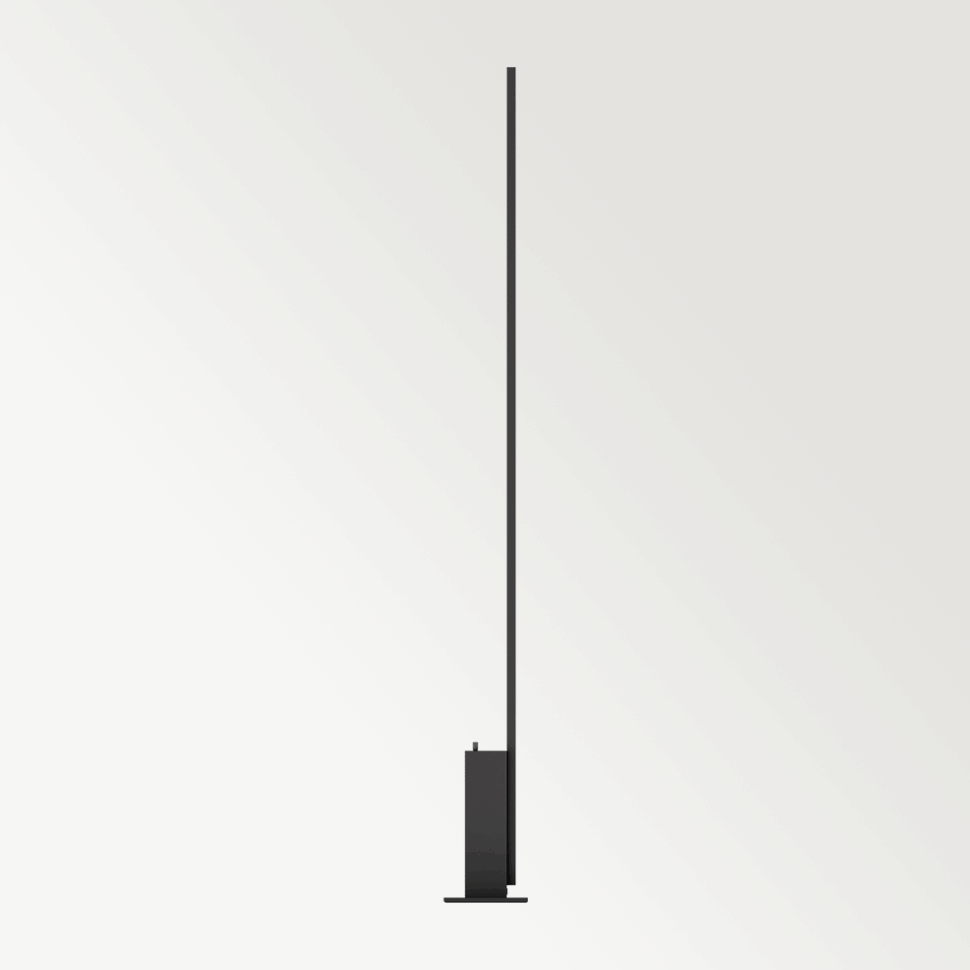

In exterior spaces, indirect lighting allows façades and gardens to be highlighted in a sophisticated manner:
Direct and indirect lighting: two languages of light
Each type of light has its own role in a project. Direct lighting focuses the beam on a surface, ideal for tasks requiring precision. In contrast, indirect lighting diffuses brightness in an enveloping way, creating relaxing atmospheres without uncomfortable glare.
Some luminaires combine both functions in a single design, such as Art Indirect and Line Suspension Direct & Indirect, which provide direct emission for specific tasks and indirect emission to add warmth. This duality allows spaces to be designed with great technical and aesthetic flexibility.
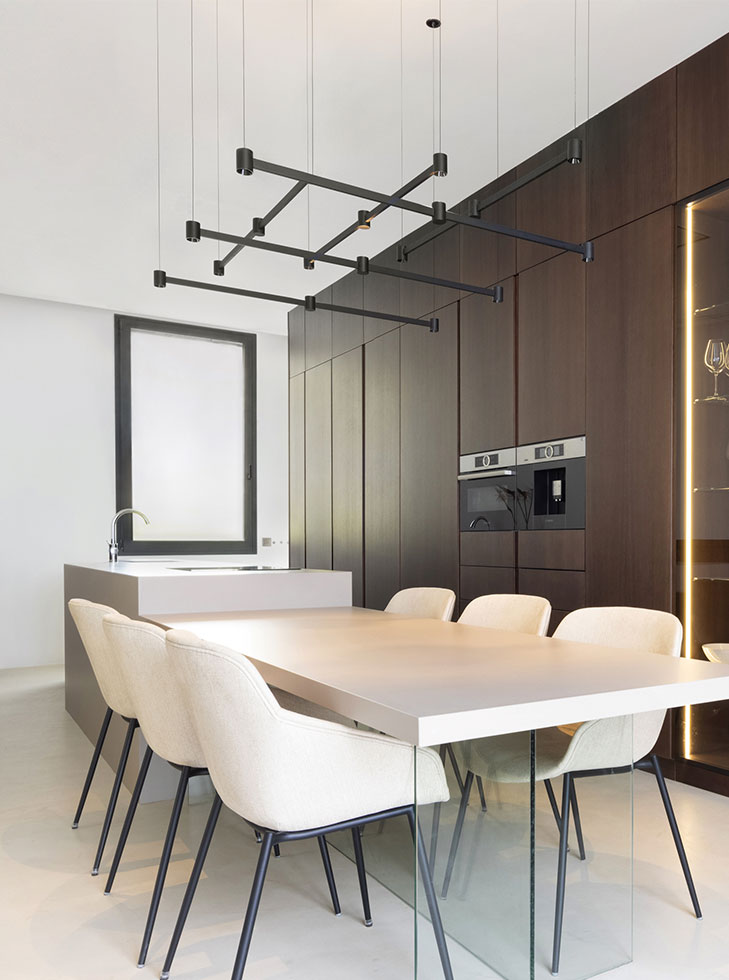
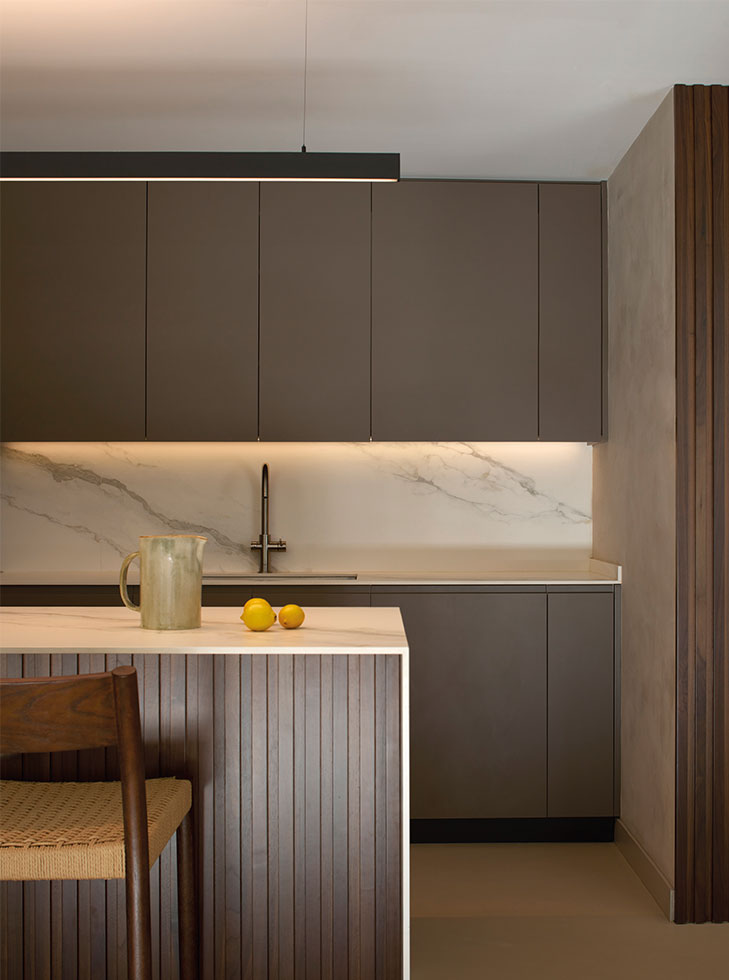
Using direct light as indirect light
A very useful technique is to direct luminaires designed for direct emission towards ceilings, walls, or reflective surfaces. This way, focused light is transformed into soft, diffused illumination, adapting to the needs of the space without changing the fixture. Practical examples include projectors from the Fit family, which, when aimed at reflective surfaces, generate an indirect lighting effect, enhancing project versatility.
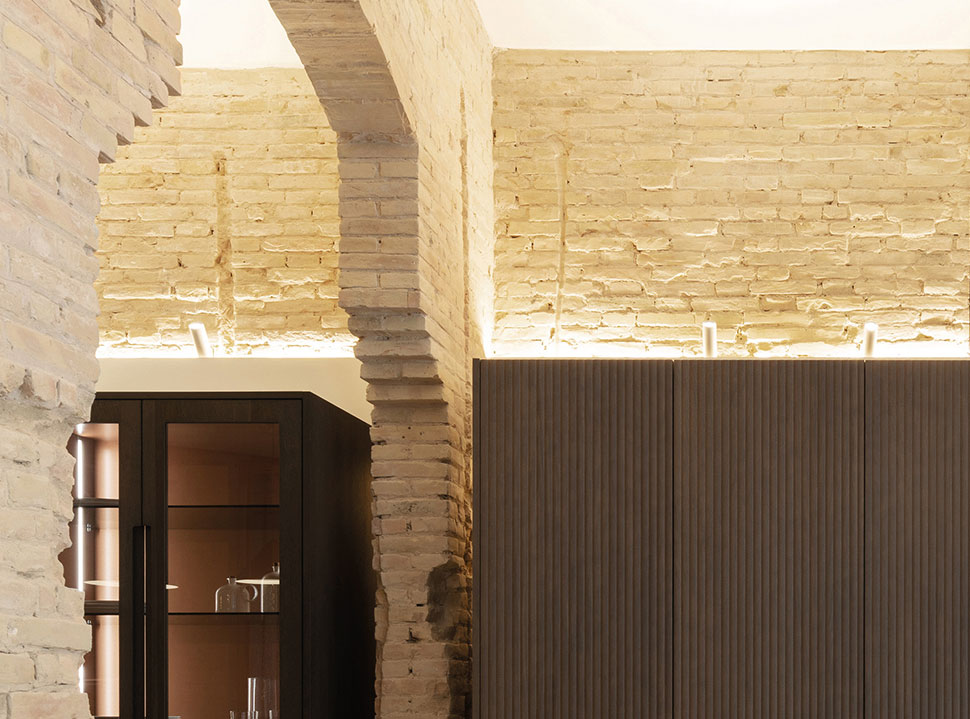
A subtle technique with great impact
Indirect lighting does more than illuminate: it transforms, beautifies, and brings architecture to life. Understanding its technical and aesthetic value is key to integrating it into projects that seek both comfort and visual impact.
